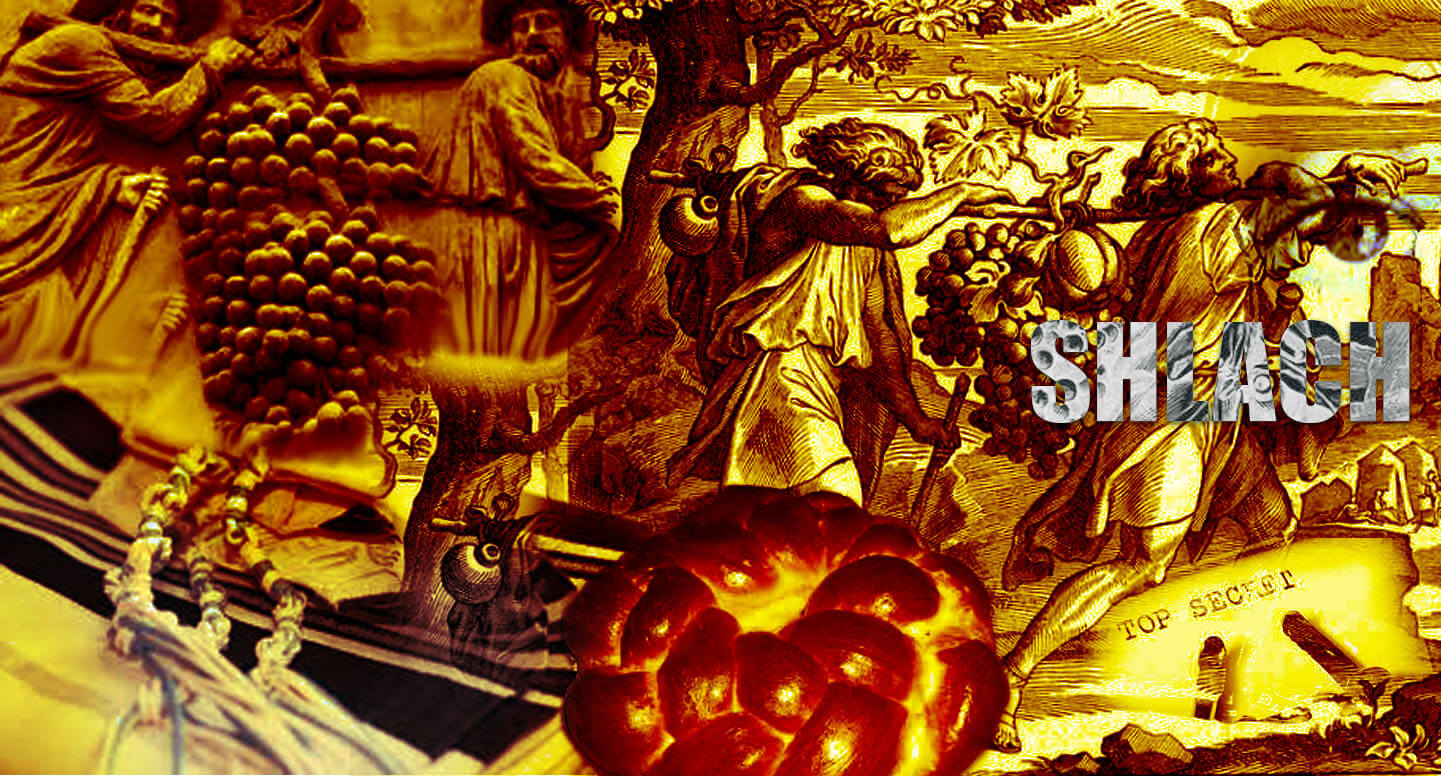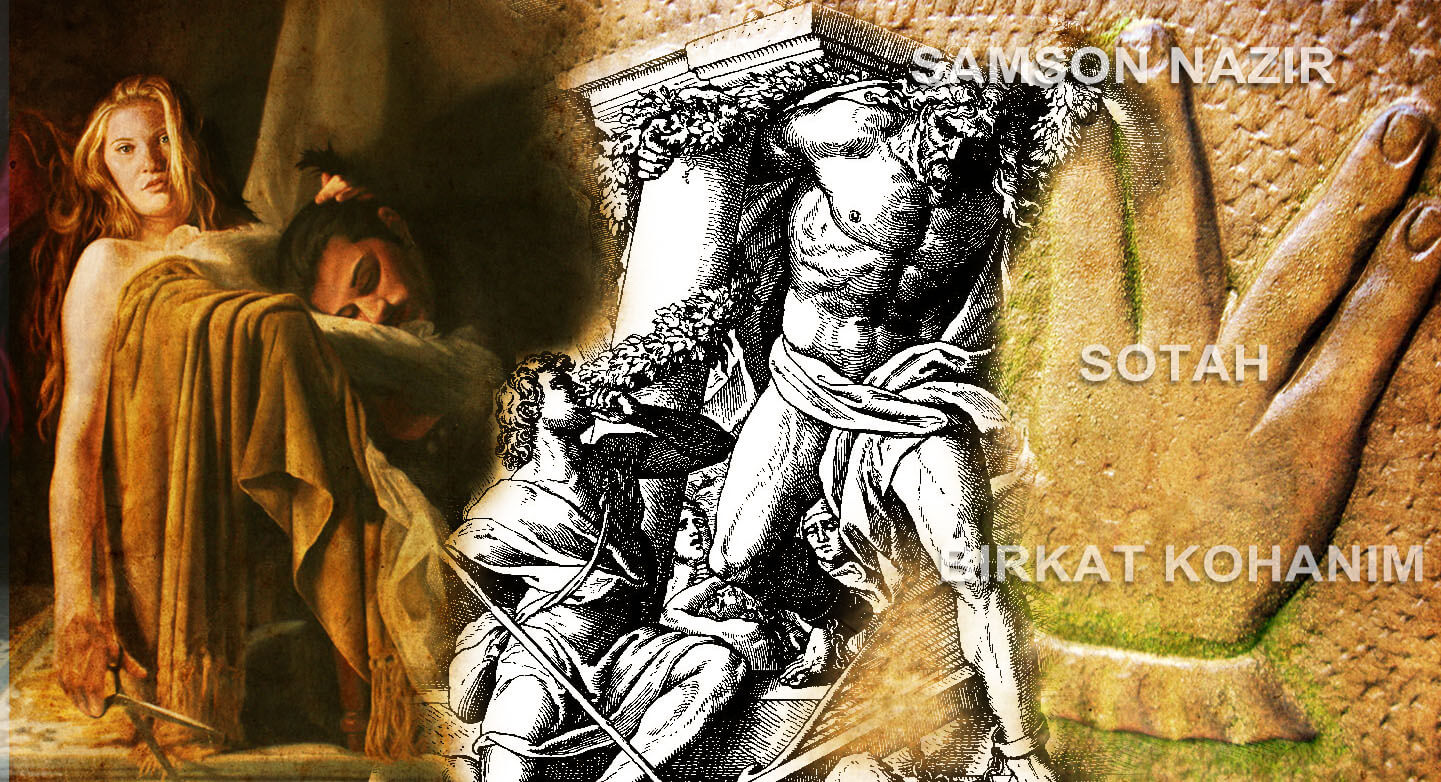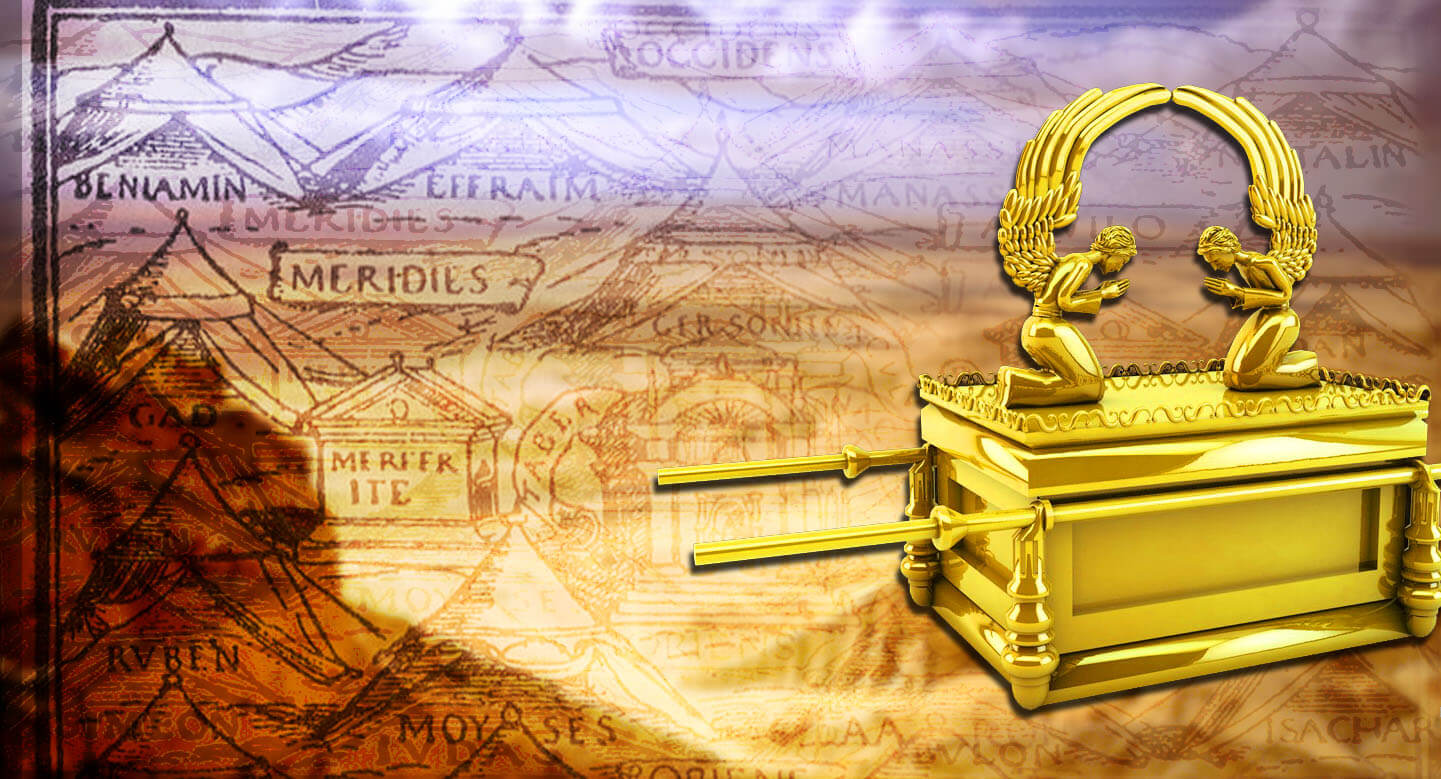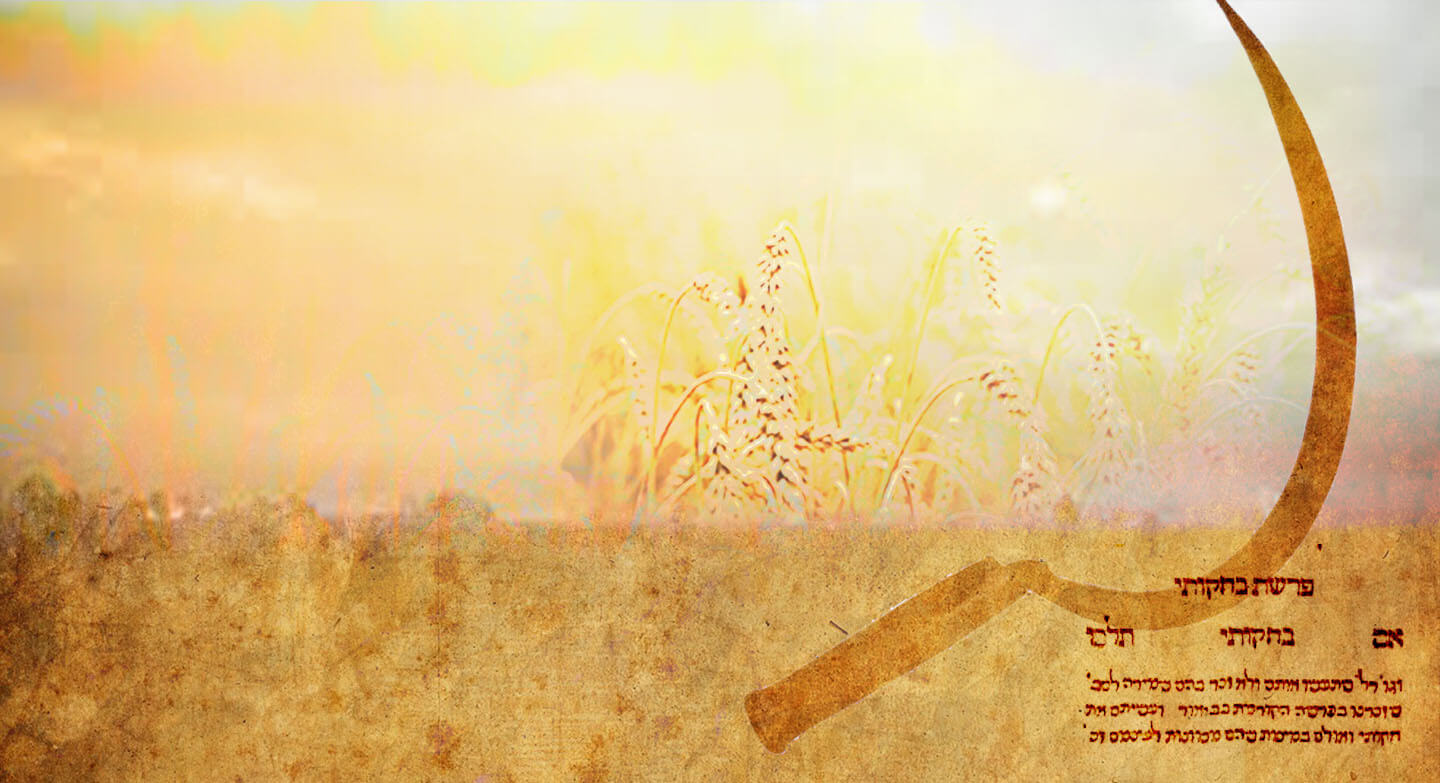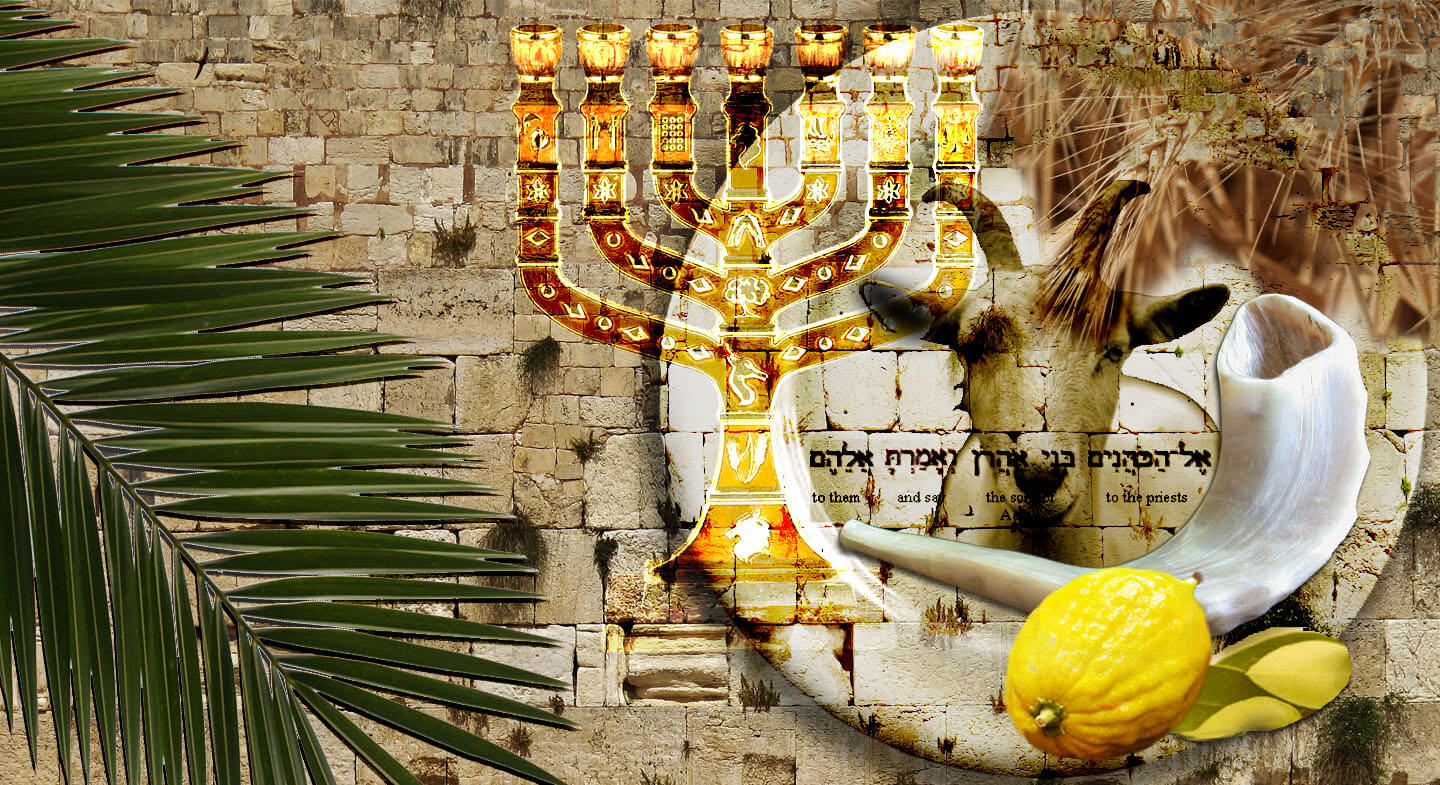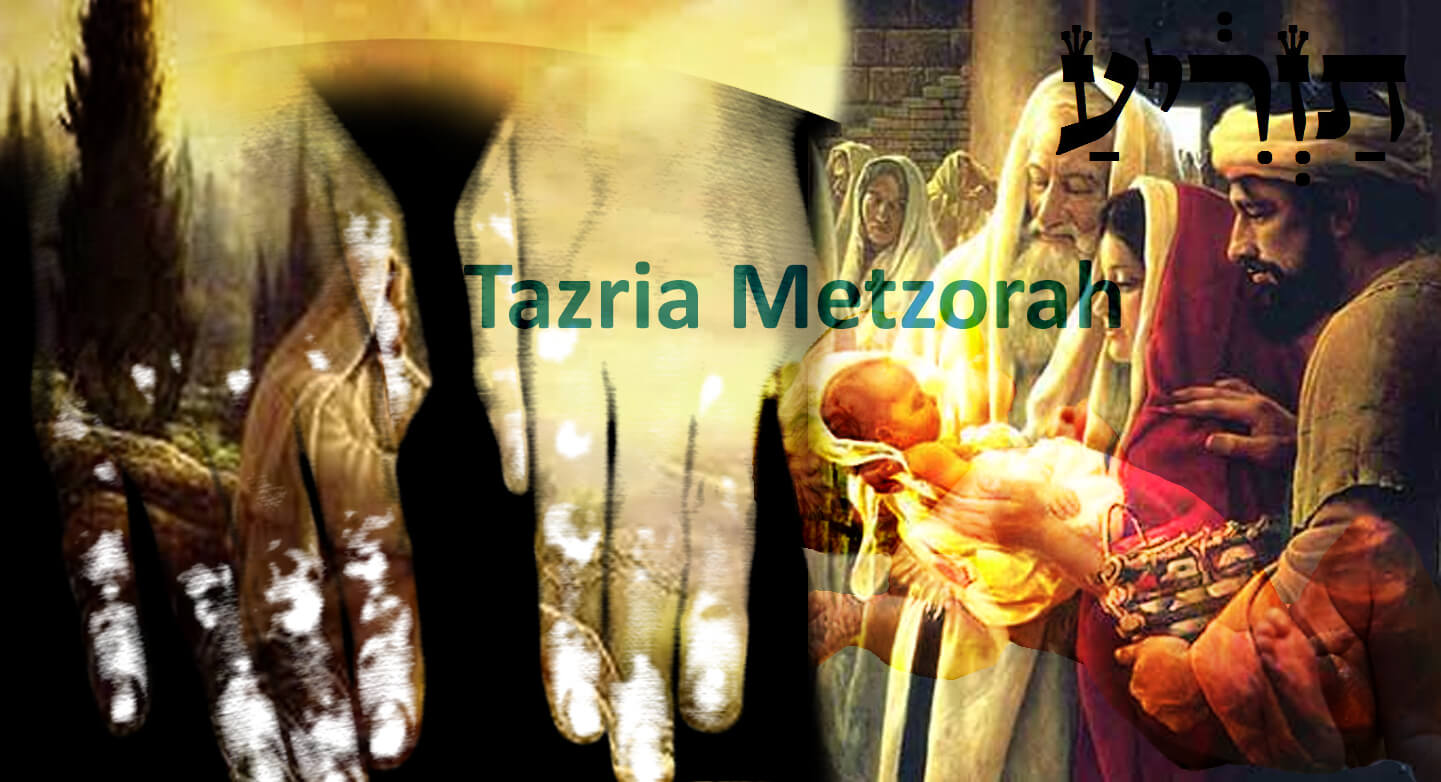Archives
What does an abundance of rain symbolise? With all the wet weather over the past week, …
We had an interesting discussion at one of my classes this week surrounding Prayer. Prayer is referred to in the Talmud as "Avodah Shebelev" - "service of the heart". Prayer is supposed to be an emotional experience, coming from the depths of one's heart and being. When we pray, we are talking to ourselves and to G-d as well. It is supposed to be a moving and electrifying experience. Yet how many of us can say that we come out of a prayer session truly moved, motivated and empowered?
To get you ready for Shavuot, here is a summary of what I spoke about last year. I have found a number of fascinating connections between the Festival of Shavuot and running a half marathon. After all, it is a long race and one has plenty of time to think! So here are a few.
There are some places that become etched into our memories. I am sure we can all remember the place where we were proposed to or exactly where we heard the news that we were expecting our first child. It is therefore startling that we have somehow forgotten the location where the most significant Jewish event took place - the giving of the Torah? Why didn't the Jewish sages preserve the whereabouts of Mount Sinai?
While death normally evokes emotions of grief and sadness, would anyone suggest that it would elicit joy and celebration? According to one Rabbi - yes! As we celebrate Lag BaOmer lets consider why we rejoice and reflect at the same time based on learnings from this significant day.
The sombre commemoration of Yom Hazikaron (Israel Remembrance Day) always immediately precedes the jubilant celebration of Yom Haatzmaut (Independence Day). Why are these two days straight after each other? How are we expected or able to suddenly shift our feelings from that of sadness and reflection to those of joy and ecstasy?

